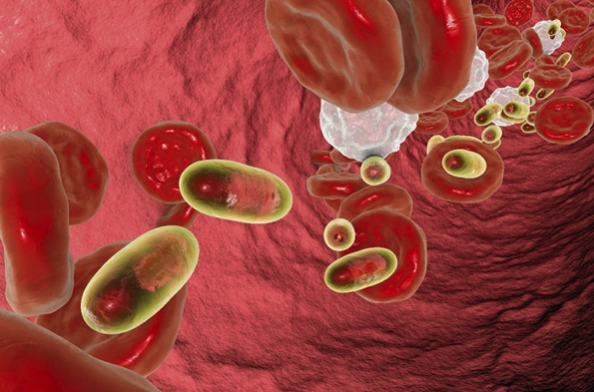The World Nano Foundation have highlighted a report by Market Data Forecast that the global nanomedicine market worth $141.34 billion in 2020, will rise to $258.11bn by 2025.
The report also highlights a huge upsurge of investment support from governments and funds to develop nano therapies for vaccines, diagnostic imaging, regenerative medicine, and drug delivery following the impact of COVID-19.
Furthermore, nanomedicines offer huge advantages for wider healthcare also impacted by the pandemic and Long-COVID after-effects upon cardiovascular, respiratory, neurological, immunological-related diseases.
This aligns with investment monitoring platform Pitchbook’s forecast that health tech investment overall will top $10 trillion by 2022 and that nanomedicine investment has grown the sector by 250% in the last five years.
Median nanotech healthcare deal sizes have also doubled since 2019, from £1 million to £2m in 2021, while the number of deals in 2020 was greater than ever, overtaking 100 deals in a single year for the first time.

Nanomedicine is transforming healthcare innovation and delivering early intervention and targeted drug delivery and testing.
Investment is already aiding innovation as nanotech researchers and scientists work to improve biomedical devices such as prosthetics, provide new cancer treatments, and develop bone healing therapies, along with more innovations that could transform global healthcare.
Nanotech researchers have found nanobodies that block the COVID-19 and, potentially, other coronaviruses from entering cells and developed mask designs at nanoscale making them both cheaper and more effective.
The fast global response to the pandemic was also enabled by nanotechnology, being pivotal in Pfizer and AstraZeneca vaccine development and Innova Medical Group’s 30-minute lateral flow COVID tests.
World Nano Foundation co-founder Paul Stannard said COVID-19 highlighted weaknesses in healthcare systems across the developed world, proving that long-term, innovative solutions are needed to enable change and prevent future pandemics, with nanomedicine playing an ever greater role in this transformation of global healthcare.
And while impressed by rising investments in and recognition for the nanotech sector, he warned against any let-up in this trend:
“Nanotechnology is not only crucial to our current healthcare systems, but researchers and scientists in this field are on the cusp of therapies, devices, and innovation that will revolutionise how we move forward.”
“To ensure pandemic preparedness, high-quality healthcare, and longevity, we must invest in nano healthtech and care innovations.”
His message was echoed by Kojo Annan (son of late and former UN secretary-general Kofi Annan) who is a general partner in the Luxembourg-based Vector Innovation Fund, which recently launched a sub-fund raising an initial $300m for pandemic protection and preparedness.
Annan said: “A virtuous circle is developing between investment and healthtech.
Lately, we have seen the development of multiple vaccines, acceleration of technologies linked to decoding the genome, the rise of nanomedicine and the use of artificial intelligence to monitor infectious diseases and new pathogens.
“More investment in sustainable healthtech funding can only accelerate this trend, bringing fairer and global distribution of healthcare, greater affordability, and preventive and early intervention healthcare, all ultimately improving the longevity of life.
“The pandemic has also transformed telemedicine investment and demonstrated that nanoscience and innovation could deliver more resilient societies and ecosystems for healthcare.”
Read the original article on Nano Magazine.







